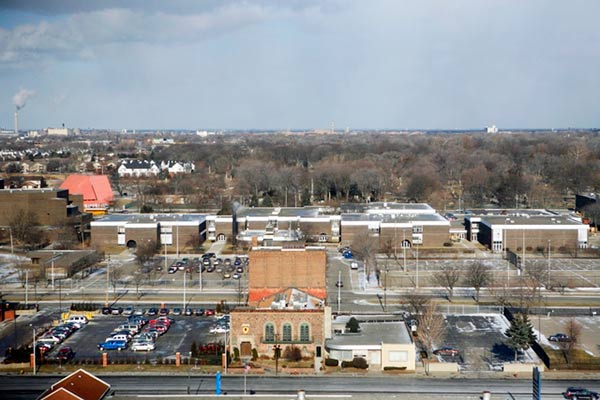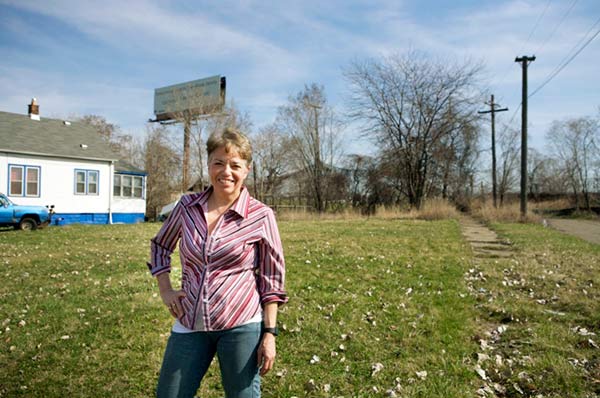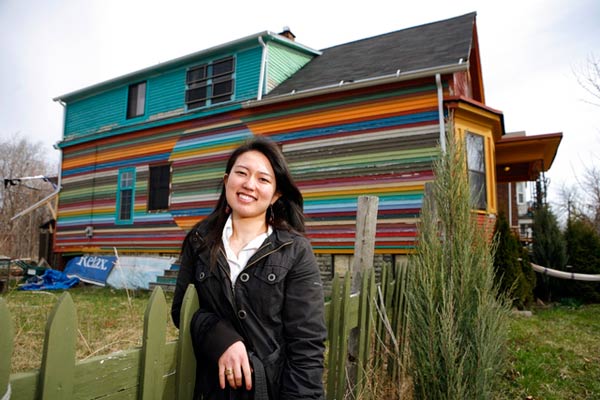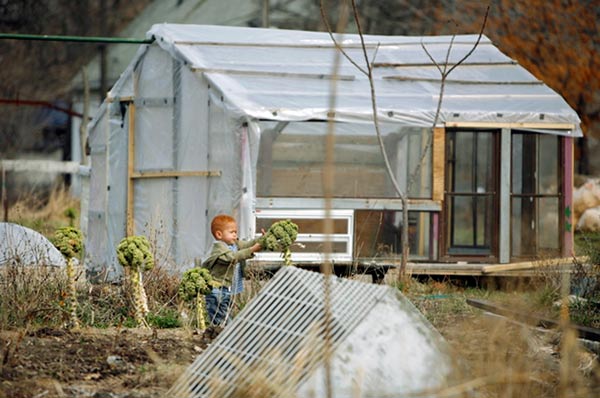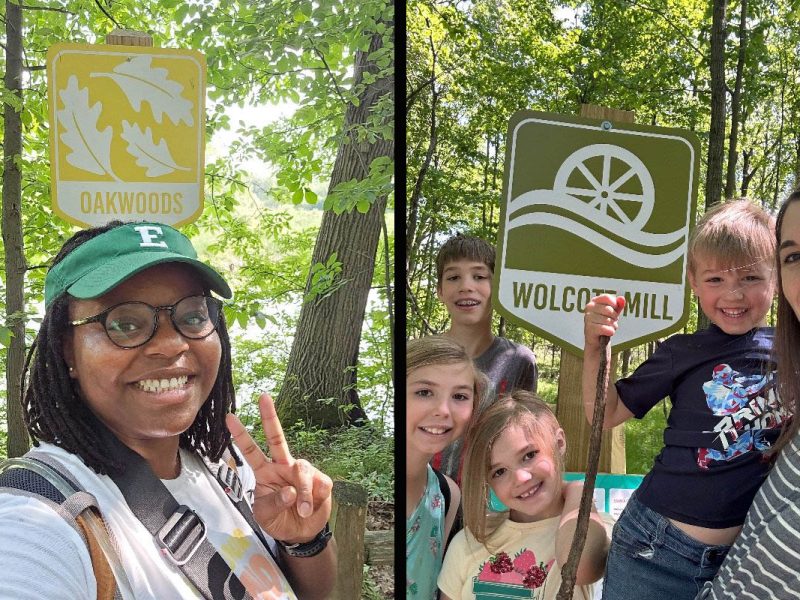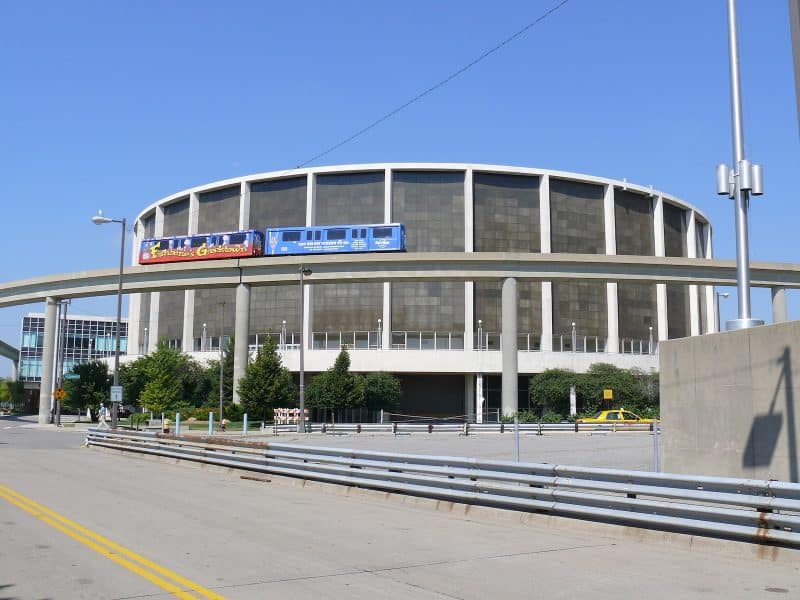A vision for a shrinking city: Community development professionals lay out ideas for Detroit
Searching for a plan for rightsizing, downsizing, resizing, shrinkage, or whatever you want to call it? Detroit community development professionals have detailed a road map for transforming the face of Detroit.
As talk of how to resize/downsize/shrink dominates public discourse, community development professionals are quietly inventing the idea of a smaller, greener, arguably cooler Detroit. Their vision is a city that will be dense and spacious at once. It will be industrious, but green. It will be “a city like no other,” and the largest city in America to confront is shrinkage: 140 square miles, 900,000 or fewer people.
Community development organizations for years have assumed the arduous task of rebuilding their neighborhoods, often competing with each other for financial resources. Now they are working together and setting aside turf conflicts to build a new city.
For over a year, more than 80 representatives of Detroit community development organizations, as well as representatives from the City of Detroit, University of Michigan, foundations, and other community groups, have sorted through the intricate details of redefining and resizing the city. The result is a report the Community Development Advocates of Detroit (CDAD) released in February.
The report includes detailed strategies for every area of the city, including downtown, “village hubs,” dense, intact neighborhoods, and largely vacant, desolate areas. For each, it includes detailed recommendations with short-term and long-term strategies. The report also points out many acres of open land that may be left as urban “nativescapes,” developed into homesteads and farms, or “green venture zones” for new economy manufacturing.
“We’ll still be industrious,” predicts Maggie DeSantis, Futures Task Force chair and president of the Warren Conner Development Coalition. “It’s just a matter of what kind of industry. We can re-industrialize with green industry. We can repurpose vacant land to be productive.”
The creative potential of this critical moment is endless, suggests Samuel Butler, executive director of Creekside Community Development Corp. “You can create a city unlike any other. There are a lot of European examples of density with a quick transition to wilderness… Perhaps Detroit can be the best American example of something like that.”
He sees Detroit being a model for the post-industrial city. “All we’re talking about is bringing (the city) back down to what it once was. … nothing short of the reverse of the industrial revolution.”
While many look at Detroit’s shrinkage from an aerial distance, examining maps, statistics, and economic trends, the community development groups are at street level, looking closely at neighborhoods, vacant lots, and people. Whatever the city decides, many people will have to move — the trick is getting them to want to move. The task force’s report approaches the dilemma with a creative and more humane touch than the forced relocation and urban renewal plans of the past.
“It’s not about winners and losers. It’s about what’s a realistic direction and how do we frame it so that it doesn’t have a value judgment placed on it,” says DeSantis. “Detroit has experienced example after example of forced relocation. … We’re specifically suggesting that this can and should be done, not by force, but by conversation, by good planning, by relying on data, by on the ground house-to-house conversation. There’s a way to frame it, a way to do it, using incentives and other kinds of parameters to help people understand that very difficult changes have to be made but it’s possible to make them in a way that’s just and humane.”
When it’s evident which neighborhoods will survive, DeSantis says, “you’ll see a lot of marketing going on.” There will be efforts to lure residents from one area to another, working with banks or foundations to help fund the gap financing needed to allow the move to work, she adds.
Sandra Yu, of Detroiters Working for Environmental Justice, warns of conflict if relocation isn’t handled sensitively. Several resident groups have expressed fear about the prospects of relocating Detroiters. “You get people scared because of what’s happened in the past. Access to information will help create meaningful dialogue, and people will help influence solutions,” she says. “It’s important for community residents to be part of creating this process for whatever is going to happen.”
Relocation also would have serious implications for youth. Talking to members of her organization’s youth program, Yu says that some told her, “There’s no way I would want to move to this neighborhood or that neighborhood. We would have gang fights. There are perspectives in the community that need to weigh in on what this process is.”
Doing it the right way would be painstaking, but an opportunity to build community, often where it wasn’t to begin with, she adds. “You may know people on the street but you may not interact with them. Just because they’re a neighborhood doesn’t mean that there’s community,” says Yu.
The hard work is yet to come
The report was not “an academic exercise,” says Kristine B. Miranne, executive director of the Southwest Detroit Development Collaborative. “This is hands-on driven with recognition of the hard work yet to come.”
No one else has been looking at this with the detail and sensitivity of the CDAD group, Miranne says. “Other folks seem to be tied up with what is and how we rid ourselves of blight, versus what these neighborhoods could be if we look at them through this classification lens.” The CDAD method, she says, gives “every inch” of the city purpose, “even if it is to return to grasslands and to be held for potential development.”
Community development groups, she says, “know how to bring residents and businesses to the table and to really hear what they have to say as to what will add value to their individual communities.”
The task force recommends creating a stakeholder group to direct the resizing and ensure that decisions are community driven.
It remains to be seen if and how the city will work with the community. A spokesman for Mayor Bing said in a statement that the city has reviewed the task force recommendations and will incorporate them into the city’s land use plan.
Resizing the city is about “being intentional, not reacting to a crisis,” explains Anita Lane, director of CDAD programs. “If we’re intentional about what we want our future to be and we act along those lines, we’ll create a much better outcome.”
A decade from now, Detroit will be “entirely different than it was,” Lane says. It may very well be viewed as the “greenest city in America,” if the CDAD organizations have anything to say about it.
For CDAD’s complete report, click here.
Dennis Archambault lives in Detroit and writes for Model D. Dennis recently wrote about Capitol Park’s development potential. Send feedback here.
